Monumental Matters —— The Power, Subjectivity, and Space of India's Mughal Architecture
----- 重大事件
Built in the sixteenth and seventeenth centuries, Indiaâs Mughal monumentsâincluding majestic forts, mosques, palaces, and tombs, such as the Taj Mahalâare world renowned for their grandeur and association with the Mughals, the powerful Islamic empire that once ruled most of the subcontinent. In Monumental Matters , Santhi Kavuri-Bauer focuses on the prominent role of Mughal architecture in the construction and contestation of the Indian national landscape. She examines the representation and eventual preservation of the monuments, from their disrepair in the colonial past to their present status as protected heritage sites. Drawing on theories of power, subjectivity, and space, Kavuri-Bauerâs interdisciplinary analysis encompasses Urdu poetry, British landscape painting, imperial archaeological surveys, Indian Muslim identity, and British tourism, as well as postcolonial nation building, World Heritage designations, and conservation mandates. Since Independence, the state has attempted to construct a narrative of Mughal monuments as symbols of a unified, secular nation. Yet modern-day sectarian violence at these sites continues to suggest that Indiaâs Mughal monuments remain the transformative spacesâof social ordering, identity formation, and national reinventionâthat they have been for centuries.
{{comment.content}}
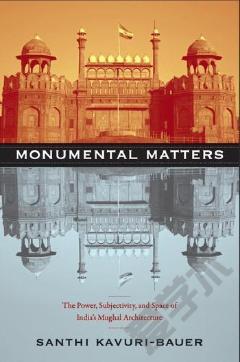
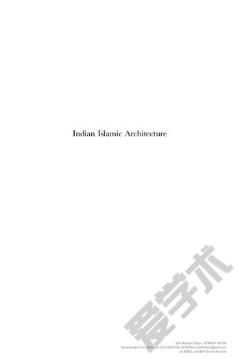
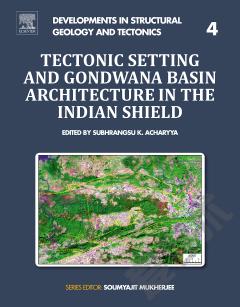


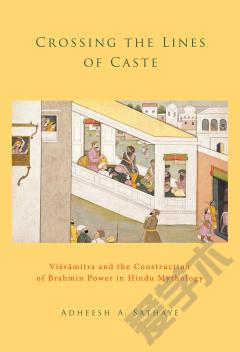
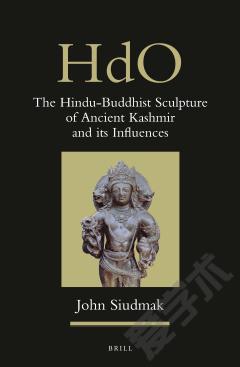

 京公网安备 11010802027623号
京公网安备 11010802027623号